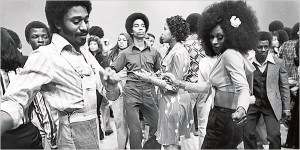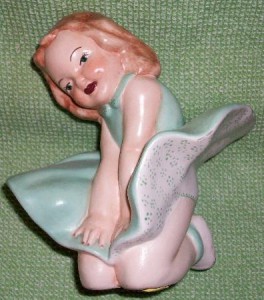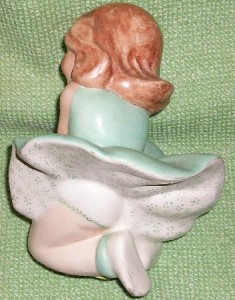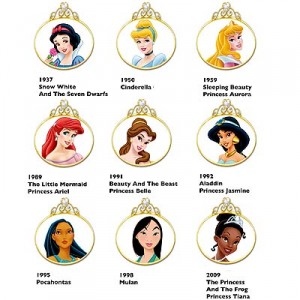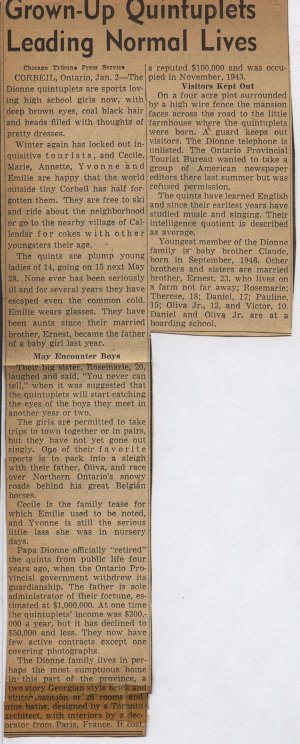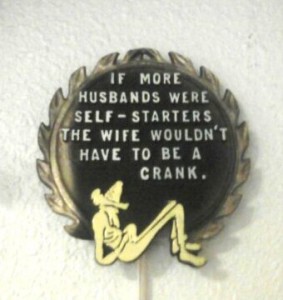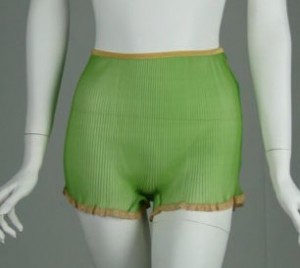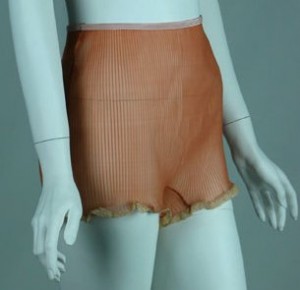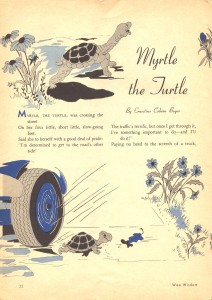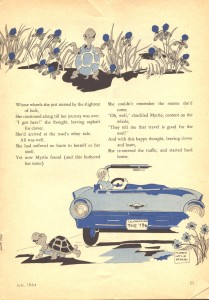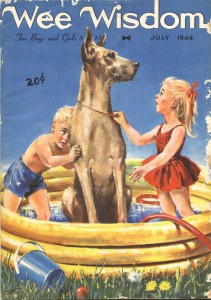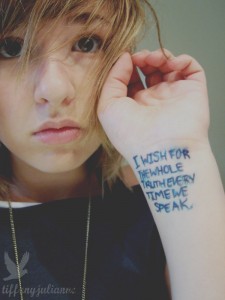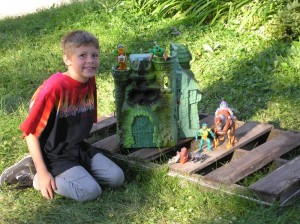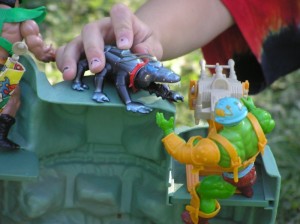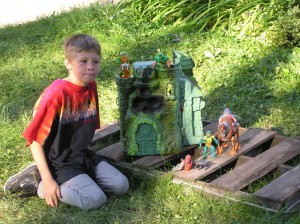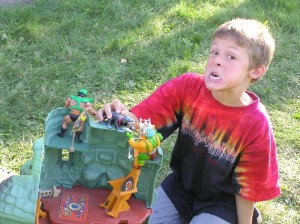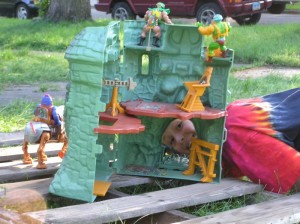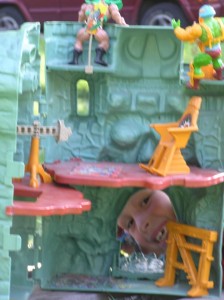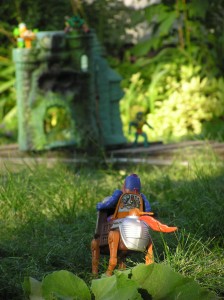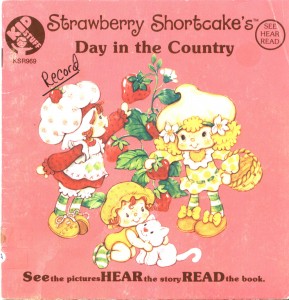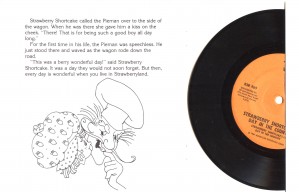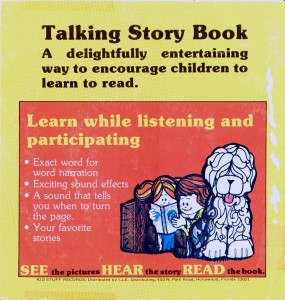When I was in college I was a single parent. Finding myself struggling personally with the demands of continuing education and single parenting (a special needs child too yet) was challenging enough; but this was at the time that Tommy Thompson was governor & he made bashing single moms & welfare a public sport. (Yeah, some of us fought back; like the Welfare Warriors.)
It was incomprehensible how those of us left with children were not only held accountable while biological dads walked away Scott-free, but were to blame for all of society’s ills. Even those who raised children alone by design & without public assistance were vilified, a la Murphy Brown. It wasn’t just moral outrage (though that did & does exist); it wasn’t an ignorance — these were educated people saddling us with unrealistic responsibilities and ludicrous outcomes. We were being scapegoated with such an intensity that it must be hiding a deep fear of some sort… Was it simply another way to display the classic fear & hatred of “female,” or was there more?
It got me thinking: Certainly being a single parent had never been easy, but had it ever been easier? At least from a societal point of view?
A classmate & friend, another single mother herself (shout-out to Vicki Davidson, if she can hear me!), decided to investigate. What we found would later be presented at one of those extra-curricular brown-nosing events (in the history department, which didn’t help with any of our majors; but we did, I will say, impress the department staff with work that, I quote, “was at or above masters work”).
What we discovered, was that the vilification of women having (&/or raising) babies out of wedlock dated back to Victorian times. This may not surprise many who would attach such times to the origins of our currently held morality — but it wasn’t (at least entirely) Queen Victoria’s morality that had done the deed & made single mothers dirty; it was mainly a byproduct of the Industrial Revolution.
Before the Industrial Revolution, children had great value in farming; any additional mouths you have to feed come with additional, literal, farm hands. Mom, dad, older siblings still did their work as they watched the littler ones; little ones automatically observed the work and therefore received on-the-job training under the auspices of childcare. Large families meant there was no need to hire help — and mom & dad were assured someone would be there to care for them as they aged.
This, more than church-hurled slurs about paganism, is the more practical reason why when Mr. or Mrs. Farmer wandered down to the next farm for a roll in the hay, no one worried about an illegitimate child. Why fuss about Mrs. Farmer being knocked up by a neighboring farmer when it’s just more farm hands? Especially when you spotted proof of your own afternoon delight working at a neighbor’s farm. (It was not uncommon for casual acknowledgment of such situations; no rows ensued, unless someone wanted those little hands for their own farms. And it begs for some research regarding jokes about the farmer’s daughters.)
But the rapid growth of industry, including the increased mechanization of agriculture, created the first major migration away from farms to cities and changed everything.
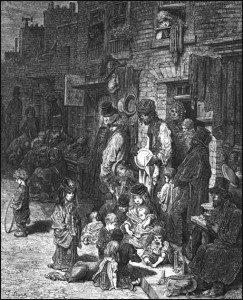
Among the many problems with such rapid urbanization comes the devaluation of children. Children are not only less desirable industrial workers (especially after childhood labor reform acts), but they also become an economic drain; more mouths to feed, but no automatic work hands.
As Nicole Lemieux wrote:
From 1861 through 1885, several Acts were instituted which significantly affected the working-class mother. The first of these Acts was the 1861 Offences Against the Person Act. According to Carol Smart, in her essay “Disruptive Bodies and Unruly Sex: The Regulation of Reproduction and Sexuality in the Nineteenth Century,” this was established to deal with “rape, procuring, carnal knowledge, abortion, concealment of birth and exposing children to danger” (13). Throughout the nineteenth century, incidents of infanticide were continually on the rise, in large part because little was done to convict the guilty party. Violent acts by desperate working-class women resulted in a movement to put more emphasis on holding someone, namely the mother, responsible for these deaths came to a head with the passing of the 1861 Offences Against the Person Act. As working-class women oftentimes found themselves financially challenged, they would accordingly find themselves financially unable to support their children (Smart 17). Women who gave birth to illegitimate children found themselves in a particularly questionable situation. On the one hand, if a woman kept the baby, she would likely be unable to properly provide for it; however, if she concealed her pregnancy and abandoned the child, she would be held liable, with the potential of being sentenced to hang, regardless of whether the baby was born alive or dead (Smart 16). Women who had children out of wedlock, who were unable to financially support their children had to face the difficult decision whether to keep the child or turn the infant over to another’s care, thus avoiding the repercussions of being found guilty of infanticide.
But what of the children?
Those visions you may have of beautiful Victorian cherub-children, the history which boasts of Victorian times “finally” bringing about children’s toys & a time “when children could finally be children,” these are not representative of most children. The average child in Victorian times was trapped the poverty, grime & disease of the Industrial Revolution — just as their parents were. The juxtaposition of the images isn’t graphic fantasy; there were two worlds. (Just as there were two worlds in terms of Victorian morals & sexuality; but that is for another time.)

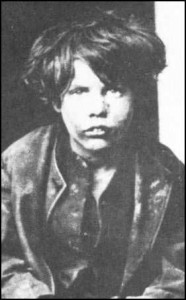
The wealthy children may have found themselves clean, well dressed & with plenty of playtime on their hands, but most rural children spend their time hungry & packed in one room with 3-9 siblings & their parents or working as hard as their parents to ensure the family’s survival. And those were the lucky ones. Some went to prison — yes, children went to prison for their crimes, and some were even hung for them.
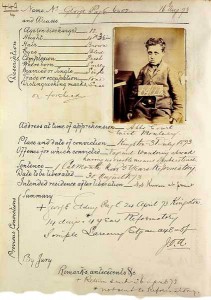
Disease & injury at work, along with other conditions of urban poverty, did leave some children orphaned; and with no family nearby, or none willing & able to take them in, there became the street urchins of Oliver Twist tales. However, orphans were not the only urchins running the streets.
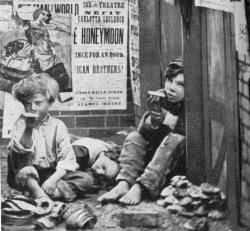 Along with orphans, there were abandoned children & children of the homeless living on the streets. The streets were littered with trash & children (including some children who were there just trying to help their families eek out a living). These children were often called “street Arabs,” an ethnic slur for nomadic activities that weren’t understood.
Along with orphans, there were abandoned children & children of the homeless living on the streets. The streets were littered with trash & children (including some children who were there just trying to help their families eek out a living). These children were often called “street Arabs,” an ethnic slur for nomadic activities that weren’t understood.
To care for the orphaned & stray children, the Victorians built many large orphanages (along with lunatic asylums and infirmaries to house, if not care for, those unable to work, and workhouses).
Once built, orphanages housed more then orphaned & abandoned children. Poor mothers and fathers negotiated with institutions to place their children there temporarily, for assistance to overcome short-term family and economic crises. These children were called the “ins and outs” or “casual children” because of there frequent short stays at institutions.
As you can imagine, what with all the popular “fallen woman” & prostitution stories from this time, a large number of casual children came from single parent households. Not all single parents were unwed or even single mothers. Some single parent situations were created by deaths, of course, but it was also not that uncommon for one parent to be institutionalized, put in a dreaded workhouse, or in prison; leaving the other parent to fend for themselves and the children alone. But single mothers were among the majority of those who used the orphanages as temporary shelter for their children or abandoned them there entirely. Some even used the institutions as a sort of childcare; placing their children there while they went to work as live-in maids etc., visiting the children on days off.
Whether these buildings were public works or run by private charities, at some point people began to stand up and ask themselves, “Why am I paying to support someone else’s child?”
Great pains were taken to interrogate mothers & the children themselves to ascertain the name of the father, so that he could be held accountable. This meant financially responsible — but not in payments or support of any kind to the child or the mother herself; no, responsibility was only a matter of repaying the state or institution, or claiming the child so that the father’s household supported the child. In cases of wealthy fathers, women were sometimes paid not to name them, lest wives or potential wives would use the current morality to dismiss the marriage or diminish (shame) them socially. (This is the start of many of those fantasies of a wealthy parent who will come for a child & rescue them.)
More then simple resentment at having to part with money though, the was another moral issue: Poverty.
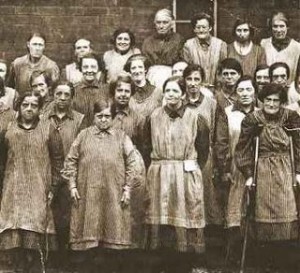 Poverty was seen as a character defect; not a circumstance. The poor were poor because they were vagrants, drunkards, morally bankrupt prostitutes, etc., and when it came to their children it wasn’t only that no one wanted to fork over their money to feed a little hungry mouth they did not create, it was a mistrust of the irresponsibility involved.
Poverty was seen as a character defect; not a circumstance. The poor were poor because they were vagrants, drunkards, morally bankrupt prostitutes, etc., and when it came to their children it wasn’t only that no one wanted to fork over their money to feed a little hungry mouth they did not create, it was a mistrust of the irresponsibility involved.
Because it’s always been easier to vilify victims than to address the problematic social structure.
The most offensive & objectionable children the charitable organizations & social institutions served were the casual children who went back & forth between decent orphanages and “no good” poor parents. These children were commonly referred to as sources of “evil,” suggestive of their status as disease carriers & corruptors of morality (including alleged sexual knowledge), infecting the innocent & redeemable orphaned & abandoned children. It was the attitudes about these casual children which actually infected the general society with a sense of distrust about orphanages.
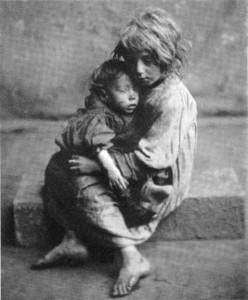 To combat societal distrust, reformers & social workers began PR campaigns to paint all the children in orphanages as orphans and strays. This may have begun simply to improve the images of orphanages & garner funds, to distance the children themselves from the sins of their pauper parents, but in many cases the positive spin shifted to advocating legislation.
To combat societal distrust, reformers & social workers began PR campaigns to paint all the children in orphanages as orphans and strays. This may have begun simply to improve the images of orphanages & garner funds, to distance the children themselves from the sins of their pauper parents, but in many cases the positive spin shifted to advocating legislation.
Attempts were made by so-called social reformers to do away with casual children by removing their parents from the picture, making them into situational orphans, often using legal maneuvers & legislation to prevent pauper parents from having rights to their children. Such removal of parental rights was, understandably, feared even more than being sent to the workhouses and argued against. But the legislation was pushed hard by many. One of the reformers, Florence Hill, put it this way, “Parents who have cast the burden of their children on the State should not be free to interrupt their being made good citizens, for evil purposes of their own.”
But in their quest to increase charity and government aid to children, such reformers cast the poor not only in a poor light but cast them even further away from the Victorian social body. The poor became even more disenfranchised, more vilified.
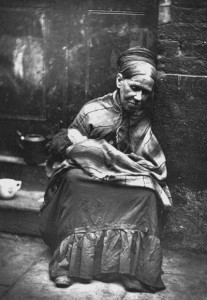 And this, my friends, is why single mothers continue to be scapegoated today. The poor continue to be judged as possessing character defects, children remain an economic drain — or “investment” if you prefer (so much money in before you might expect any return), and society doesn’t want to help with either the investment in those children or take a serious look at the very structure of society which in all actuality creates the poverty in the first place.
And this, my friends, is why single mothers continue to be scapegoated today. The poor continue to be judged as possessing character defects, children remain an economic drain — or “investment” if you prefer (so much money in before you might expect any return), and society doesn’t want to help with either the investment in those children or take a serious look at the very structure of society which in all actuality creates the poverty in the first place.
This is made worse for single mothers who continue (despite scientific knowledge to the contrary) to be blamed for bringing their children into this world. Ironically, the very women we blame for (further) impoverishing themselves by having children have the least access to family planning, are the most restricted regarding exercising their rights to their own bodies, and continue to be courted by religious & “moral majority” groups who judge, condemn, & ostracize them.
History repeats, continues, if we do not learn from it.
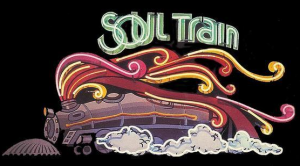 Hubby and I enjoy the hell out of reruns of Soul Train.
Hubby and I enjoy the hell out of reruns of Soul Train., is too awesome. The clothing and dances are feasts for the eyes. Don Cornelius holding the mic a hundred yards away because his deep booming voice doesn’t need a mic, but the show totally believes in the props, is a hoot. Spotting regular dancers and keeping up with yesterday’s lingo… It’s heaven.
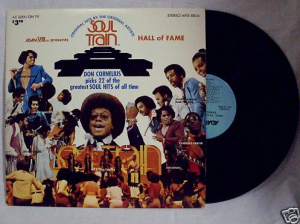 You’d think I’d have the advantage; not only was I buying plenty of records
You’d think I’d have the advantage; not only was I buying plenty of records and tapes, but soon I was out dancing in (and dressing to kill for) the club scene too. But no, hubby, the stay-at-home-young-pup wins.
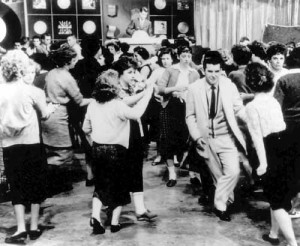 She couldn’t fathom the idea of kids wanting to watch a bunch of kids dance on TV, let alone that those dancing kids had groupies and fan clubs of their own.
She couldn’t fathom the idea of kids wanting to watch a bunch of kids dance on TV, let alone that those dancing kids had groupies and fan clubs of their own.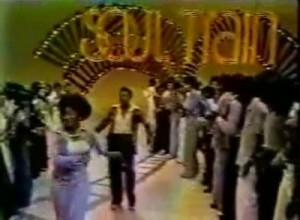 I’m sure getting over this speedbump of understanding is thwarted by her preference for Goth-kid-attire; she’s not interested in finding out the latest trends in fashion.
I’m sure getting over this speedbump of understanding is thwarted by her preference for Goth-kid-attire; she’s not interested in finding out the latest trends in fashion.